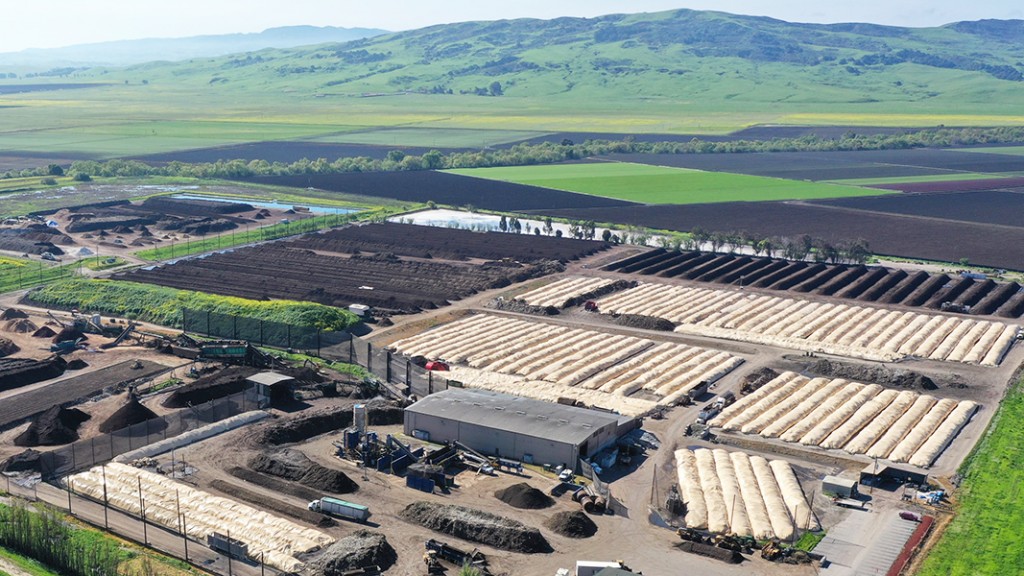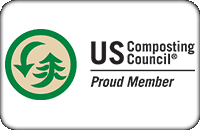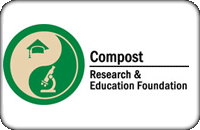As natural and organic solutions grow understanding the difference between things like Compost and Fertilizers is more critical then ever, even regulators have questions. One thing often overlooked is the speciation (Types) of Phosphorous in composts. All P is not created equal. Learn more about this issue from a true industry expert and industry trade journal advocating for changes to benefit compost and organics uses nationwide…
Recycled Organic Products And Phosphorus
By Ron Alexander and Biocycle online
Many people within the organics recycling industry — especially composters and biosolids management companies — as well as farmers and turf managers, are familiar with the concern regarding the over application of phosphorus and/or the migration of phosphorus into our water resources. Obviously, this issue should be taken seriously so we can protect drinking water, reduce surface water contamination (eutrification), and conserve an important nutrient required for plant growth (and food production). That stated, organic forms of phosphorus (P), such as in compost and biosolids (and certain manures), contain low levels of water extractable phosphate (WEP), but increasingly are regulated like inorganic P sources. For background, see “Phosphorus And Compost Use Dynamics” (BioCycle, 2016).






